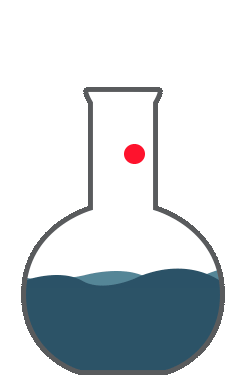A Technical Guide to Standards, Calibration Curves and Dilutions for the Laboratory User
ABSTRACT
Certified standards or certified reference materials (CRMs) are materials produced by standards providers which have one or more certified values with uncertainty established using validated methods and are accompanied by a certificate. The uncertainty characterizes the range of the dispersion of values that occur through the determinate variation of all of the components which are part of the process for creating the standard.
CRMs have a number of uses including: validation of methods, standardization or calibration of instruments or materials, and for use in quality control and assurance procedures. A calibration procedure establishes the relationship between a concentration of an analyte and the instrumental or procedural response to that analyte.
A calibration curve is the plotting of multiple points within a dynamic range to establish the analyte response within a system during the collection of data points. One element of the correct interpretation of data from instrumental systems is the effect of a sample matrix upon an instrumental analytical response. The matrix effect can be responsible for either analyte suppression or enhancement. In analysis where matrix can influence the response of an analyte, it is common to match the matrix of analytical standards or reference materials to the matrix of the target sample to compensate for matrix effects.
Click here to read our new Technical Paper
